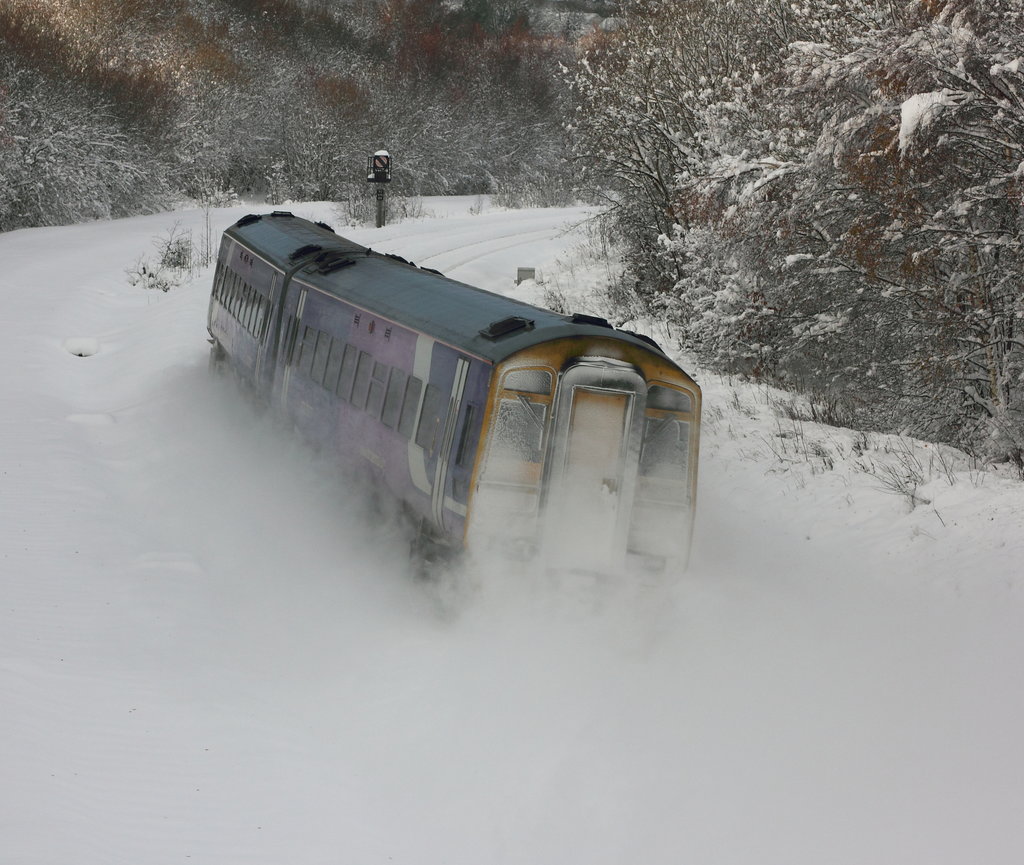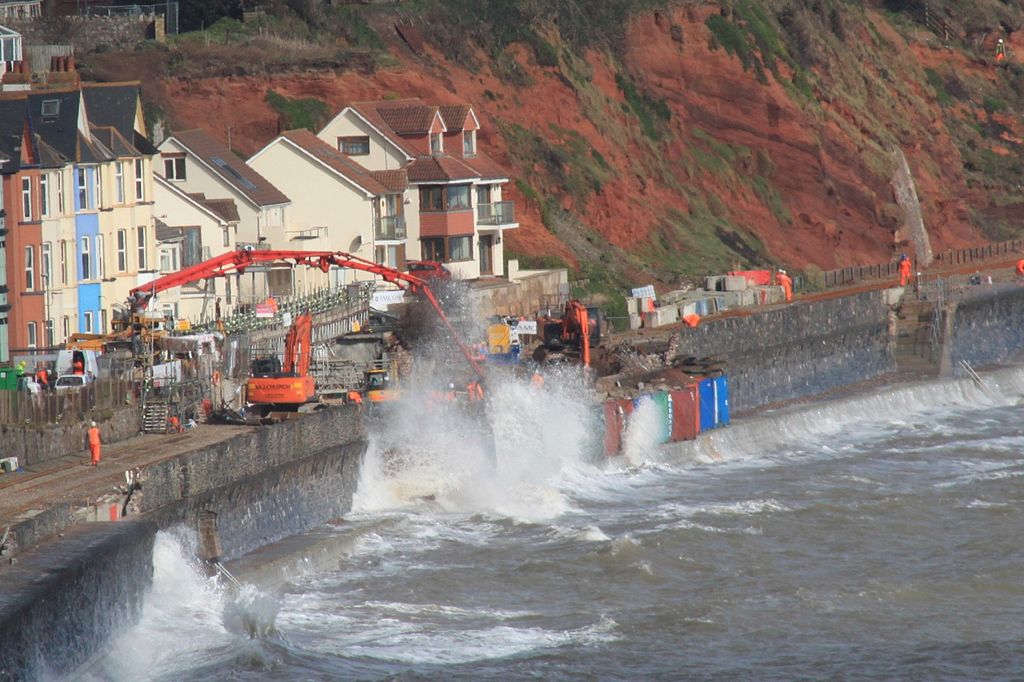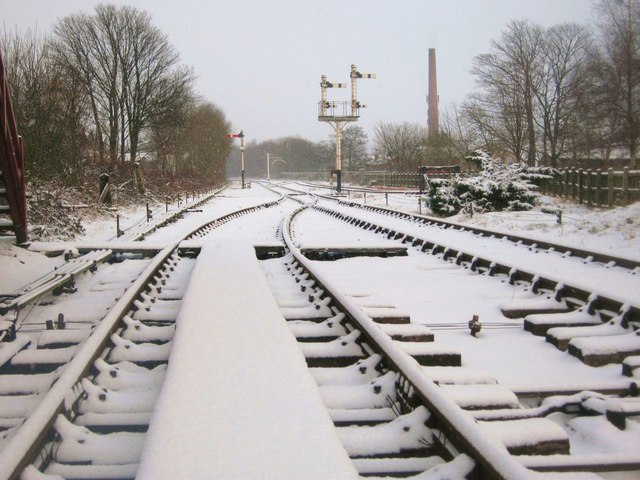
Welcome to part three in our new series “What is…?” where we explain the language, terms and ideas used in our day-to-day work. Other blogs from the series include:
- What is GVA?
- What is Smart Specialisation?
- What are Industrial Clusters and Economies of Agglomeration?
Definition and description
Transport is necessary at the national and international level because it provides benefits to people and businesses (Banister, D. 2005). A transportation system or network can be defined as “the combination of infrastructures, modes and terminals” (Rodrigue J, et al. 2017) that facilitates the movement of people or goods from different origins to destinations. The transportation system is essential to sustain socio-economic activities, therefore, is essential for the regional economy (Tatano and Tsuchiya, 2008).
All forms of transport are subject to delays and disruptions because of diverse events such as congestion, accidents, extreme weather and natural disasters. The amount of time a delay lasts and the degree of the disruption of the transport system can be measured by the system’s capacity of resilience.
Resilience is a concept that was initially used in the context of ecological systems by C.S. Holling (1973), but nowadays this concept is being used in different disciplines of social sciences including psychology, sociology and economics.
According to the dictionary of Latin terms, the word resilience comes from “resilire”, which means leap or spring back; rebound, recoil or shrink. Other sources define it as “the capability of a strained body to recover its size and shape after deformation caused especially by compressive stress”.
In transport studies, the definition of resilience is linked to disruptions caused by extreme weather. The Department for Transport (2014) describes transport system resilience as “the ability of the transport network to withstand the impacts of extreme weather, to operate in the face of such weather and to recover promptly from its effects”.

Measuring resilience
In terms of measurement, Chen and Rose (2018) argued that “resilience is essentially a system performance measure, in which resilient ability is measured in technical network performance from an engineering perspective”. The authors also highlight the difference between economic resilience and system performance resilience. Economic resilience is focused on the evaluation of different tactics aimed to reduce economic losses, whereas the system performance resilience focuses on mitigations strategies for the infrastructure.
Global warming and the growing demand for transport
In the context of global warming and the growing demand for transport, resilience is an important concept for all nations. The Intergovernmental Panel on Climate Change (2018) have pointed out that extreme weather events have important negative environmental, social and economic impacts and the intensity and frequency of extreme weather events are expected to increase. In the United Kingdom, for instance, there are already observable changes in the climate and a trend towards warmer winters and hotter summers (UKCCRA, 2017). Extreme weather events not only cause transport disruption but also has a potential negative impact on the condition of the transport infrastructure (DfT, 2014).

Methods and tools to access system resilience
The COACCH Project (COACCH, 2018) issued a report to assess the economic costs of climate change in Europe and they highlighted the need for assessing the indirect costs of the transport disruptions. In the UK, Network Rail, the organization in charge of the maintenance and development of Britain’s rail infrastructure, has stated that they are not aware of studies that quantify the economic consequences of significant transport disruption (Parliament UK, 2018). This shows the need for understanding and developing methods and tools to measure the system resilience, the capacity to recover and operate normally, as well as to determine with more accuracy the economic effects of disruptive events on society and the economy.
At City REDI, a team of experts are developing tools to evaluate the economic costs of different disruptions that can occur to the transport systems, the expected outcome of this modelling is to help policymakers and transport practitioners to understand the actual costs for adapting and mitigating the effects of climate change in transport and to plan future investment.
Further Reading
Transport Resilience Review: A review of the resilience of the transport network to extreme weather events, Department for Transport, July 2014
The Geography of Transport Systems, Jean-Paul Rodrigue, Claude Comtois, Brian Slack, 2017
A framework for economic loss estimation due to seismic transportation network disruption: a spatial computable general equilibrium approach, Hirokazu Tatano and Satoshi Tsuchiya, October 2007
Annual Review of Ecology and Systematics ‘Resilience and Stability of Ecological Systems’, C S Holling, 1973
Economic resilience to transportation failure: a computable general equilibrium analysis, Zhenhua Chen, Adam Rose, September 2017
IPCC Special Report ‘Global Warming of 1.5 ºC’
UK Climate Change Risk Assessment 2017, HM Government
COACCH: CO-designing the Assessment of Climate CHange costs, May 2018
UK Parliament “Heatwaves: adapting to climate change” July 2018
Download
To download a copy of “What is Transport Resilience” click here.
This blog was written by Dr Magda Cepeda Zorrilla, Research Fellow, City-REDI.
Disclaimer:
The views expressed in this analysis post are those of the authors and not necessarily those of City-REDI or the University of Birmingham.
To sign up to our blog mailing list, please click here.

great post
thanks for sharing..